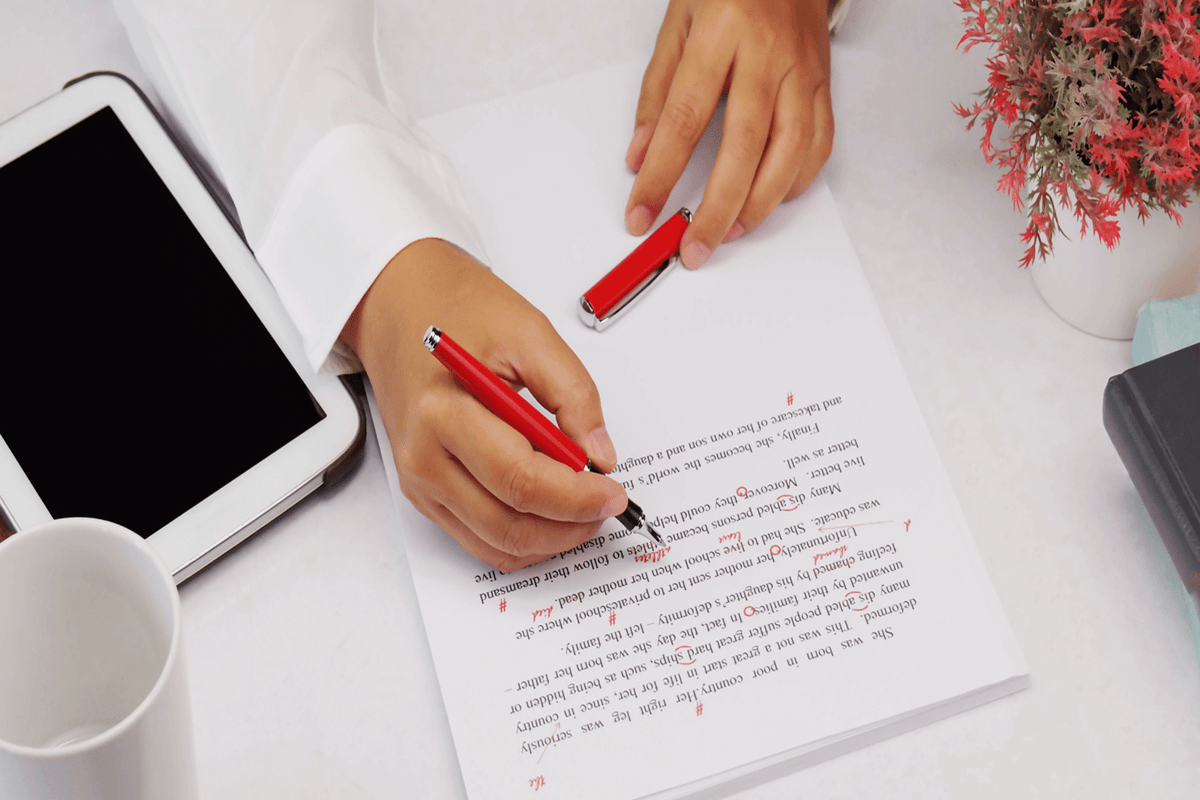Writing, whether scientific or otherwise, can’t be devoid of errors. However expert you may be, you tend to make mistakes while writing your document. And that’s why scientific editing becomes necessary.
Like every process, scientific editing too has a strategy: A strategy on what errors to look for while editing the scientific manuscript.
So, here are the 10 common errors you should look for while editing your document.
1) Check for spelling mistakes
You may be a language pro, yet it is surprising to find many spelling mistakes in your manuscript. To make your work easier:
- Use the spell check feature of the Word file and make sure it is applied to all of the text in the file.
- Choose the correct language for your manuscript (US/UK English) before you begin writing.
2) Length of your sentences
Long sentences that continue to ramble and keep talking frustrate the readers. They get bored, confused, and just quit. In such a case, your written message won’t be communicated effectively or understood by the person reading the page.
Therefore, write short sentences as they are much easier to understand. Always break up a long sentence into two.
3) Check the text on the graphs
Many manuscripts contain graphs with a tiny text. When you are not able to read it clearly, how will the readers? And they will receive a printed copy of your manuscript. Nobody wants to use a lens to read the text. So, make sure the headings and other text on the graphs are big enough to read with a normal eye.
4) The names of the group
When you name your groups and treatments, keep them as close to the original treatments as possible without using abbreviations. This makes it easier for the readers who don’t have to “translate” your results and figures.
5) The size, text, and alignment of the table
This gets easier if you use the Table feature of your Words file rather than laying out the text using space bar. So, even if you change the text, it won’t misalign the rows and columns of the table.
6) Number of values after the decimal point
If you measure all the values to the same level of accuracy, report them as 42.35 m, 46.90 m and 22.00 m instead of 42.35 m, 46.9 m, and 22 m respectively. The zero after the decimal point is as valid as the other numbers.
7) References to other sections of the paper
Provide the specific location, section number, or page/line number while referring to the other sections of your paper. Don’t make the readers read through the whole paper to find a little piece of information.
8) All abbreviations are well defined
In general, you should define all the abbreviations at first use in the abstract and the main paper even if they are standard abbreviations. Check if you have done so while editing your paper.
9) Format of the units
Units are always written in the singular form, for example, mL, cm, mM (not mLs, cms, mMs).
Plus, there should be a single space between the number and the unit, for example, 2 µM, 3 cm and 5 mL. Check their formats during scientific paper editing.
10) Consistency
Be it the language, spellings, or values, it’s important to be consistent in their use. Scientific editing of your document ensures you have maintained this consistency.
These all seem like minor errors which won’t affect the meaning of the text. In fact, many readers won’t even notice them. However, if you check for these errors in your scientific paper editing, it will make your writing more professional, and the readers will enjoy your manuscript.


